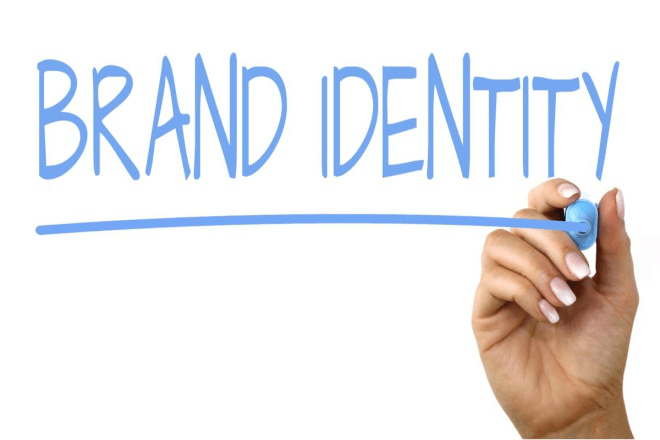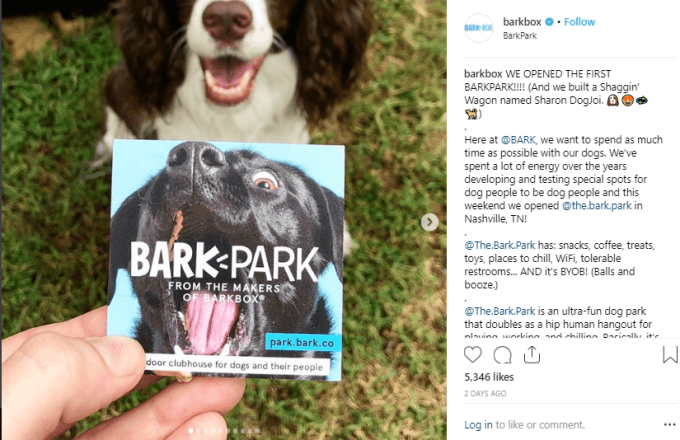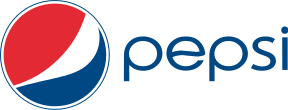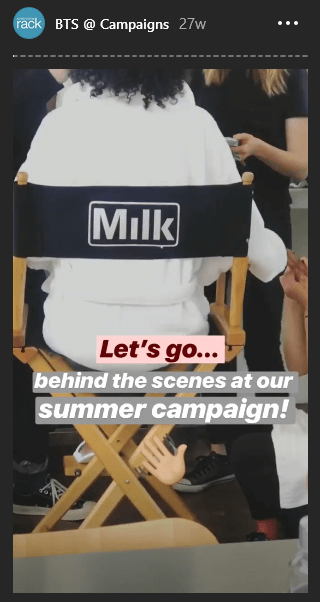
A unique brand identity can work wonders for your company. It is not only instantly recognizable, but also commands a considerable price premium, not to mention a perception of higher quality for your products and services. For example, people are willing to shell out a few extra bucks for an iPad, even though several similar products are available at a relatively cheaper cost.
You will probably hear people say, “Hey, it may be cheaper, but it’s not an iPhone!” This can be said about almost all Apple products. This is the kind of brand identity you should be aiming for – whether or not your business is as big as Apple.
Naturally, creating such a standout brand identity is not easy. Of course, a carefully-crafted logo design, name, and color scheme are going to be a part of such brand identity. But, being an intangible asset, real brand identity goes beyond these material objects.
Here are four secrets that will help you develop a standout brand identity in a crowded industry.
1. Identify Human Characteristics that Relate to Target Customers
Your company can create a brand personality based on the characteristics related to the target consumers. Personality and related factors are the inherent characteristics that make you who you are. Naturally, your target consumers also possess a few unique human qualities that define their shopping behavior. If your brand (products or services) has the personality that matches with the human characteristics of your target customers, your brand identity will easily stand apart from your competitors.
A. Use Social Media Listening Tools
Having a well-defined audience requires thorough market research. This is where social media listening (or social media monitoring) comes into play. It helps you understand what the characteristics of your target consumers are and what their sentiment towards your brand is. Thus, you can create content and marketing campaigns that your target audience will forward to. It involves keeping an eye on not only leading platforms such as Facebook and Twitter, but also smaller online communities and blogging sites.
However, avoid casting too wide of a net. You can use demographics such as age, gender, geographical location, and income level to segment your target audience into smaller groups. Then, you can use a variety of social listening tools such as Social Sprout, BuzzSumo, and Brandwatch to identify the core characteristics of your target audience on a personal level.
You can start by analyzing the hashtags or key phrases that best define your products or services. It will help you pick up on the trending discussions, what is making your audience tick, as well as where and how long the bulk of your target audience hangs out.
For example, identifying the core characteristics of their target consumers helped BarkBox scale up its sales. The company understood that dog owners need a monthly subscription service. So, they created one.

Capitalizing on the inherent desire of dog owners to provide their pups with the best products, BarkBox has now built a small, but remarkably successful niche. The monthly subscription model, a photo-sharing app for pups called BarkCam, and BarkBuddy dubbed as the “Tinder for dogs” have become part of their unique brand identity. They have nearly 2 million Instagram followers well over 3 million Facebook fans.
2. Know the Correlation between Visual and Textual Elements
Visual elements do play a critical role in defining your brand identity. They are probably the best means to capture the attention of your target audience as they overcome language barriers. Logo, color scheme, and typography are the three main visual elements of your brand identity.
A. Logo
A logo is an image that will be imprinted on everything your company creates, from product to letterheads. It should be crisp, simple, and to-the-point. Adding too many details in your logo is never a good idea. Usually, having your company name spelled in bold typography and suitable graphics (usually colors) is enough to grab the attention of your target customers. However, they need to match the voice of your business, and they also need to resonate with your target audience.
The logo of the London Olympics 2012 is still considered as one of the worst logo designs ever. The logo became a target of harsh criticism. While some people thought the word “Zion” is hidden in the logo, others believed it shared a passing resemblance to the distorted “Swastika,” a symbol of Nazism. The logo didn’t have any of the London’s famous landmarks. Thus, there was no London (or Olympic) personality shining through it.

B. Color Scheme
The color palette you choose should also reflect the personality of your brand. However, different colors elicit different emotional responses. Red color evokes intense emotions such as love, passion, anger, and even violence in western culture. Yellow is said to be radiant, cheerful, and positive. Green represents freshness and renewal, while blue symbolizes tranquility, trust, and openness.
Usually, you can use a combination of three to six colors in your logo. Think about the emotions you would like to elicit and choose colors accordingly. For example, Pepsi Co. uses only two colors on a white background for its logo. The combination of red and blue and the uniqueness of the shape has remained a distinctive identity for the brand, despite undergoing several changes over the last century.

C. Typography
Make sure to use fonts that complement your brand, as well as the shape and the color palette of your logo. For example, if you are in the entertainment sector, especially comedy and cartoons, you can go for a casual font such as Comic Sans.
It is better to stick with just one font. However, you can use more if a single one isn’t compatible with printed and web versions of the logo. GE (General Electric) has changed its logo color over the years. However, its typography remains unchanged.

3. Understand How Your Customers’ Favorite Channels Work
Building a brand identity requires your messaging to be in the right place at the right time. You need to know where and how your customers consume your content and create your brand identity accordingly. For example, Instagram is primarily a visual social media platform involving photos and videos. That’s why it’s the Mecca for most fashion and lifestyle brands. But, you still need to find new ways to engage your target audience on Instagram.
A. Featuring Photos of Your Customers
Many clothing and fashion brands are encouraging their followers and customers to share their everyday looks for reposts on their official Insta accounts. Apart from being transparent about their manufacturing process, Everlane, a clothing brand startup, is known for its innovative Instagram campaigns. Along with models and celebrities, the brand reposts photos featuring their everyday customers wearing Everlane products.

B. Taking Advantage of Video Content
With the launch of IGTV, Instagram has started focusing heavily on video content, like most social channels these days. Nordstrom Rack (an arm of Nordstrom selling discounted clothing) is using Instagram Stories to provide its consumers a sneak peek into its behind-the-scenes activities. It also provides them with a glimpse of upcoming trends.

C. Tapping into the Power of Influencers
Influencer marketing is a rapidly evolving trend on Instagram. Many fashion brands are using big-shot influencers with followers in the millions, as well as micro-influencers with a much smaller, but more dedicated following. However, leading clothing and apparel brand Macy’s has roped in their store staff and stylists as micro-influencers on Instagram. They are aligning the personal interests of their staff with their products to create a deeper emotional connection with their target audience. The following post was shared by Isabel Campbell, a Macy’s style crew under the hashtag #macysstylecrew.

4. Be Consistent
Consistent messaging translates into consistent branding. It creates extensive recognition, which in turn, helps build trust with your consumers. It also establishes you as a leader in your niche. Inconsistency, however small it may be, can ruin your brand reputation very quickly – and it will be hard to win it back. You need to create a few brand qualities that will enable your consumers to recognize your business almost immediately.
A. Create and Follow Your Own Brand Identity Guidelines
Before you begin to build your brand identity, create branding guidelines. Doing so will ensure every arm of your organization sends a consistent message across the media. Make sure your employees adhere to your brand identity guidelines.
Initially, when you have a small team, the approval process may seem straightforward. But, as your business grows, it becomes more complicated. So, you need to have guidelines and approval processes that are also scalable and easy to implement.
B. Create a Media Library
You can create a media library to use the same logo, typeface, colors, and graphic style every time a social media post or a print media statement goes public. If your branding is in-house, you can create and save templates for images, blog posts, videos, and other forms of content. It will allow you to repurpose visuals quickly and consistently, especially as you scale up.
C. Content Consistency Equals Brand Consistency
Whether it is your blogging platform or your official Twitter handle, refer to your branding guidelines when creating any sort of content. Using the same logo and graphics isn’t enough to maintain brand consistency. It should also reflect in your content.
Make sure your content echoes the same brand voice across all media, including print and digital. To make this happen, share the latest updates on your branding policy with all your employees and departments, especially after rebranding.
All employees handling your media and press should have access to all images, logos, and brand-related graphics. Use only those media channels, brand ambassadors, and social media influencers that align with your guidelines. This is crucial for a consistent brand experience.
Parting Words
A unique brand identity is your most potent marketing weapon.
You can start out with these four basics to build your identity from scratch. However, to get the most out of them, you must optimize these tips to align them with your business, consumers, and market niche.
Are you planning on creating a unique brand identity for your business? Tell us how you intend to do so, get in touch with us today.
Jack Shepler is a Marketing and Search Engine Optimization expert. He founded Ayokay, award-winning marketing, and web design firm in Indianapolis, Indiana that has built brands, increased sales for businesses, and helped nonprofit organizations fulfill their missions since 2011. He uses his decades of experience to educate through the Ayokay blog and through public speaking. You can follow him on LinkedIn.







